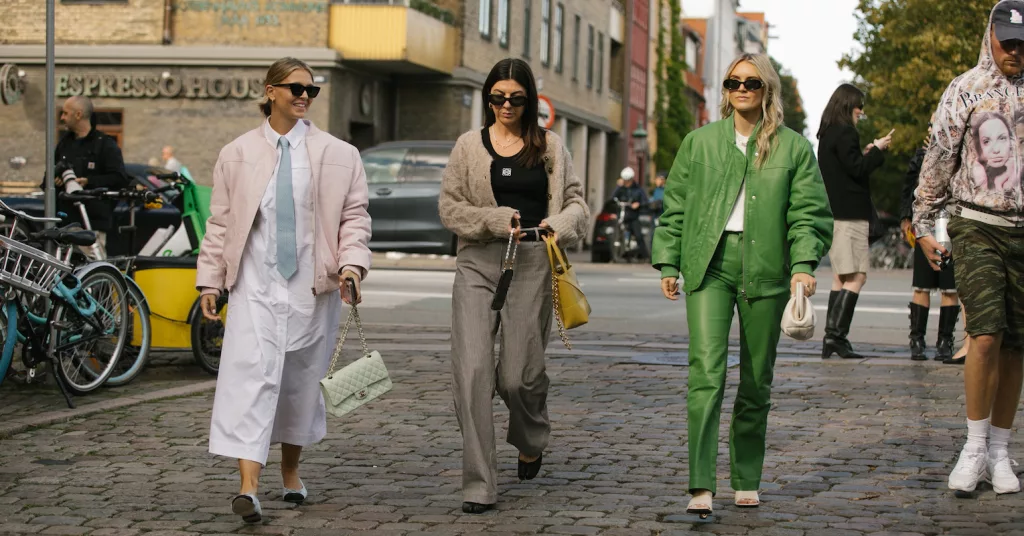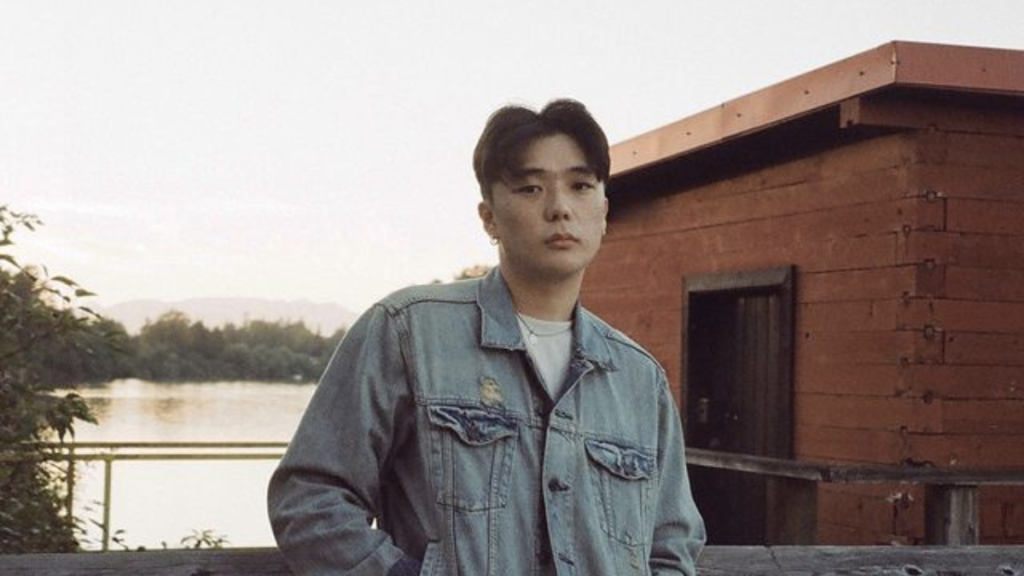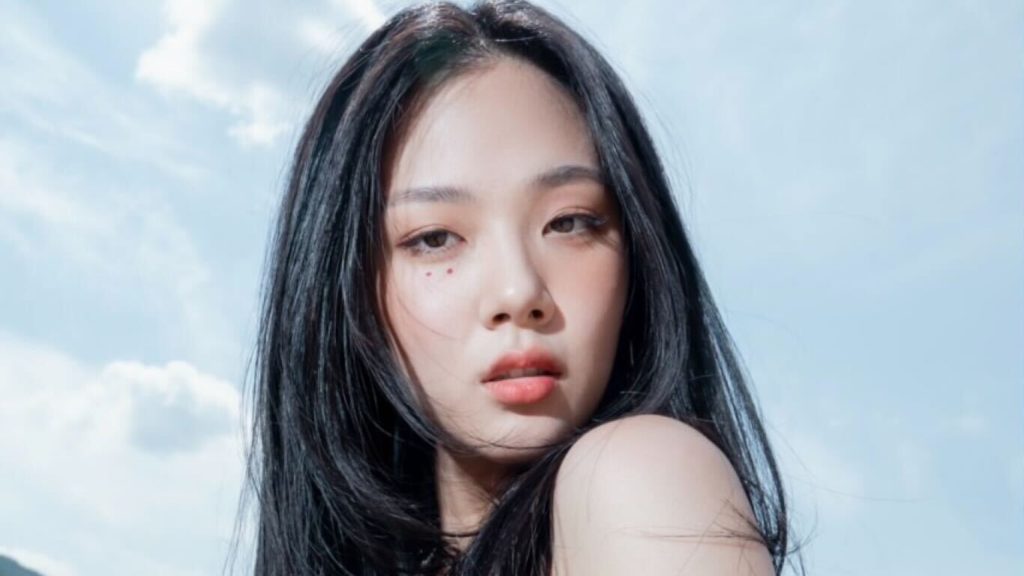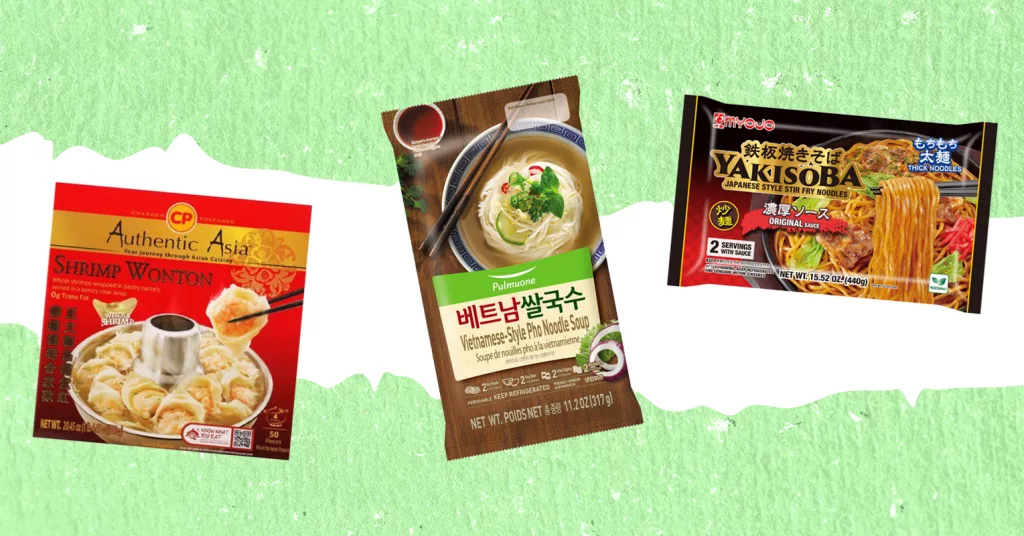A Look at the Impact and Influence of K-pop Styling
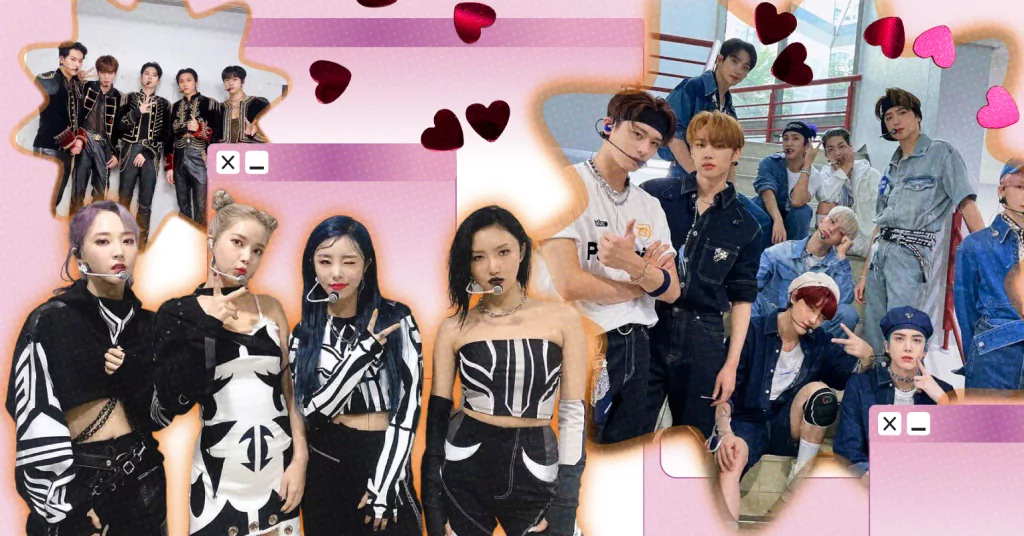
There’s no denying that K-pop has experienced a boom over the last few years. As the industry becomes more globally known, the unspoken boundaries that have made K-pop seem foreign and distant have progressively blurred. Although K-pop is technically a music-centered industry, K-pop idols have become influential voices in the fashion industry. With K-pop’s emphasis on visual direction, it’s no surprise that plenty of famous fashion houses have these idols at the forefront of their brands.
In a K-pop group’s career, stylists are the ones responsible for picking out and crafting the idols’ looks every comeback. An essential part of how a group builds its fashion reputation is through the styling they flaunt in music videos, album concept photos, and stage outfits. To investigate how K-idol fashion came to be so influential, EnVi chatted via text with veteran stylists in the industry. As a result, learn more about the process behind the K-pop phenomena, as well as new and upcoming stylists, to see how this phenomenon has impacted styling in the fashion industry.
The K-pop Influence in New Gen Stylists
With the global spotlight frequently turned on K-idols, especially in the fashion world, it’s no surprise that people have been trying to recreate their looks. “The influence is so, so big! Especially in my line of work. Almost all beauty brands whose campaigns I handle always request or give me concepts that are based on K-idol looks. Not just the K-idol look word-for-word, but they also like the more minimalist Korean version for their images,” says Yemima Cahyani, a young Gen Z stylist who’s watched the evolution of K-pop ever since she was a child.
In comparison to previous generations of K-pop stars, idols now can reach a more widespread, global audience through social media, broadening their potential influence on the younger generations. To Cahyani, the key essences of K-pop styling include “the details, the experimentalism, and accessorizing! Every [part of a] concept has a red string that doesn’t stray away from the main concept. There are details from all sides extending to how they style their hair and makeup.” Besides the extra attention to detail, Cahyani also cites that bold unconventional accessories like harnesses and leather have also become essential to K-pop, naming groups like VIXX and Everglow as examples.
Similarly, Joonsie — an aspiring stylist from Bali — elaborates on an item she considers to be a signature of K-pop styling. “For me personally, it’s the body harness that truly had a chokehold on the whole K-pop industry in 2012, and to this day, you can still see it [being] used. Look at VIXX and Monsta X, for example.” The experimentation and reinterpretation of menswear is another part of K-pop fashion that pulled her in. “Another [element] would be custom suits with different twists: cropped, chain embellishments or even a split of two different colors incorporated into the suit, seem to have made it a staple look for the K-pop industry,” she adds.
The Starting Point
To get to the bottom of the process behind styling a K-pop idol, we spoke with: Kim A Yeon, the stylist behind Monsta X’s heavy-hitting looks; Yuna, the stylist behind leading fourth-generation groups The Boyz and Stray Kids; and Kim Minseo, the stylist behind VIXX, Victon, Cravity, and Monsta X. To A Yeon, her styling process begins from the choreography. “I usually start by looking at the song’s choreography and imagine how the group will look dancing on stage. From that point, I look around here and there and bring my ideas to the label’s team. From there, we’ll start incorporating their ideas and opinions and develop the concept.” Similarly, Yuna also shares that music is the starting point of their ideation. “I first listen to the song then I take into consideration what the company wants in terms of the concept and then we suggest our ideas as we start adjusting our vision from there.“
To start off their brainstorming process, these stylists will first take a deep dive into what’s happening in the fashion world at the time. “I get the concept idea from the company and then I start going around fashion collections, boutiques, […]. I start by looking at runway collections and websites and then organize the stylings according to the concepts into a PowerPoint,” says Minseo. From there, the stylists will start collating a mood board of what they envision the upcoming comeback to be like visually and then present it to the respective artists and agencies.
The Dilemma of Trends
One way for artists to remain appealing and relatable is, of course, to stay on trend. And in order to do so, stylists would have to be aware of and understand what items are in at the moment. According to Yuna, the biggest trends in K-pop lately have been retro and Y2K fashion. Evidently, we can see that retro fashion has been donned by BTS in their recent English releases, while the Y2K wave has been feverishly spread by rookie powerhouse NewJeans. However, sometimes what’s trending doesn’t necessarily match a group’s direction, which might become tricky for these stylists. They also do not want to stray too far from what’s going on in fashion to avoid the group being too out of touch.
“I can’t ignore the trends of course but I don’t think concepts always need to follow the trends,” A Yeon advises. Similarly, Minseo explains that sometimes trends in fashion are too fast-paced to pinpoint. “There are trends every season to be sure, but I think K-pop groups showcasing their individual style and vibe is a trend in and of itself.”
Clothes in Motion
Choreography also becomes a concern for K-pop stylists, as part of these idols’ appeal comes from the hard-hitting choreo and stage performances. With this in mind, stylists have to consider the functionality and utility of their ideas before actually implementing them. Yuna, who is seldom in charge of designing custom looks for the idols she works with, would have to prioritize the mobility of her creations.
“I take the music into consideration but the choreography as well since any kind of clothing that makes dancing difficult will ruin the music too,” Yuna shares. “Deciding on K-pop idol styling concepts is a race against time. I make a draft and then have a design meeting with a manufacturer, choose the designs, and once we get the finished garment we can start adding stuff like accessories.”
Styling a Plethora of Personalities
Another admirable aspect of K-pop styling is the stylist’s ability to ensure a group remains cohesive even when they’re styling different members with various looks and personalities. For A Yeon, understanding the artist’s respective personalities and physiques is key. “In the case of Monsta X, there was nothing they couldn’t wear individually but I had to take into consideration how Kihyun, who’s smaller, would look next to Shownu, who’s bigger.
For Mamamoo, we’d show a draft to members, they’d give their opinions and we’d develop the final look together. Since each member is so unique, I’d always have to think about how to make the group look cohesive using colors or textures.” In another case, Yuna shares that styling each member depends on the energy and aura they respectively have. “Through all [of The Boyz’s] different concepts, I always try to accentuate their individual vibes and idiosyncrasies.”
But at the end of the day, no matter how extensive stylists’ efforts are, K-pop idols would not be as influential without their fans’ support. It’s no secret that K-pop fans are a vocal demographic, which adds new pressure for these stylists to balance their initial concept and the fans’ wants. As a result, stylists need to go the extra mile to figure out what fans of their artists are into. “I think whatever the fans want, becomes the trend. It’s hard to satisfy all fans. You want the artist you’re styling to look good but you want the fans in the audience to think that too,” A Yeon confesses. The stylist also explains that another way to have a more accurate understanding of fans’ demands is through discussions with other people in the industry, “I have some friends who do marketing for K-pop and sometimes I ask them about what’s trending.”
The Importance of Being In Sync
So what exactly is the key to creating styling concepts that end up becoming an inspiration for younger generations? A Yeon shares that this unintentional influence comes from her sincerity and focus on creating a visual identity that represents the artists well. She tells EnVi that she never intended to go viral through her work and was lucky to work with groups that were in sync with her vision. “No matter how cool I think a piece is, the artist can always decline to wear it but even if the Monsta X members thought something was weird they’d at least try it. I think that’s why they were able to develop a strong fashion identity.” Yuna echoes the same thoughts, sharing how fortunate she is to work with artists that are just as interested and vocal in their fashion identity. “Almost all of them have some kind of interest in fashion,” she explains.
And, of course, one way to continue creating impactful fashion choices is to go outside of the box and against the current — a spirit that has always been a signature of K-pop. One example is how the idol industry has managed to turn traditional clothing into trendy fashion items. “I would say VIXX’s “Shangri-La” garnered a lot of attention,” Minseo shares, as we ask her which project of hers did she feel was the most influential. “There weren’t a lot of K-pop groups doing concepts with traditional clothing like that and people still look at that concept today.”
With this knack for experimentation and continuous testing of the boundaries of fashion, it makes sense for K-pop to continuously catch the attention of fashion onlookers. Idols themselves have continuously shown interest in which styling choices enhance their artistry best. This shared interest is what allows them to be in sync with their stylists, thus pulling off assigned looks in a memorable manner. Stylists also actively work to incorporate what their target demographic finds appealing, causing their styling choices to resonate heavily with the intended audience. Through all these extensive processes, the K-pop industry’s stylists continuously succeed in creating innovative looks and concepts that have inspired a new generation of idols, fashion stylists, and fashion enthusiasts.
Want more reports on K-idols in Fashion? Check out how Asian stars took over fashion week here!
